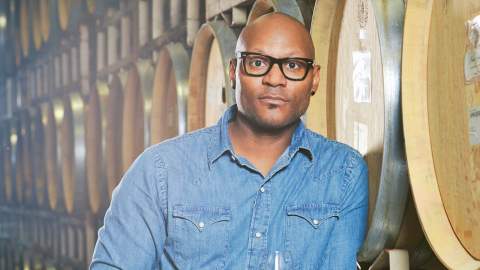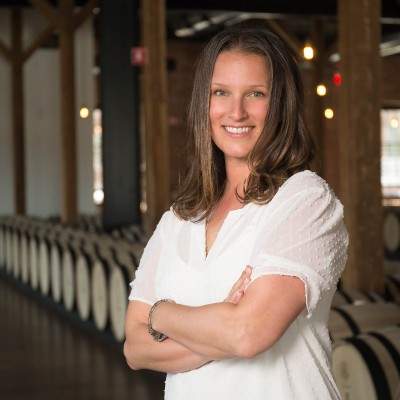Hosted by Natalia Cardenas, master mixologist and WSWA Wholesaler Iron Mixologist winner, this webinar engaged a panel of experts to explore what goes into a thought-provoking and compelling label. Attendees heard from wine and spirits branding thought-leaders who have mastered consumer engagement with a combination of imagery and words. They discussed how a label can gain attention and really stand out on the shelf. Recorded on Wednesday, March 10.
KEY TAKEAWAYS:
-
All of our panelists agree - a good label has personality and soul. When designing a label, a brand’s personality should stand out and be immediately recognized by consumers. You only have a few seconds to grab a customer’s attention – make it count!
-
Every SKU in a brand’s product line should coexist. Product labels aren’t singular, they are all housed within a brand family and need a visual cue or design thread that lets consumers, distributors or retailers know how they relate on a shelf.
-
Trust your instincts. You know your brand best and whatever inspires you will inspire your customers. For panelist Andre Mack, he remembers the stark contrast of the black and white packaging in the “generic aisle” of the grocery store to the sea of colorful cereal boxes. When it came time to design his labels, he was inspired to present his label with the same contrast, using black and white to set his SKUs apart on the shelf.
-
WhistlePig CEO Jeff Kozak has three rules his team follows when designing a new label:
-
The consumer has to be able to see a given label’s name and pronounce it – even in the dark of a bar!
-
The label should evoke the price point with visual cues; and
-
When building a family of SKUs, remember to stay true to the heart of your brand. WhistlePig’s latest sub-brand is PiggyBack.
-
-
For panelist Lauren Blanchard of Savage and Cooke, she tries to remember that no matter what category you are entering, it’s a crowded category and a crowded shelf. She encourages new brands to take their time with the creative process to find what is unique about their brand and sets them apart from competitors on a shelf and on a back bar.
-
Host Natalia Cardenas works with hundreds of on-premise operators and one thing always stands out to her customers – where a product will sit in their back bar. At first glance, your label has to answer the question - are you a well tequila or top shelf? Design to your preferred answer!
-
In the wake of the COVID-19 pandemic, our panelists are all interested in trends that have encouraged digital engagement with customers. Ten years ago the QR code was dead, now we see it everywhere. Whether we’ll see this trend continue successfully on bottles or as shelf placards remains to be seen.
-
Measure Twice, Cut Once - do your due diligence and trademark your brand! There is nothing worse for our panelists than falling in love with a name only to pivot because it was already trademarked!
-
Think big! When designing a new label remember to think about scalability and growth goals. If large-scale distribution is your goal, make sure the process can eventually be automated.
-
WhistlePig CEO Jeff Kozak doesn’t think labels should be constantly refreshed with every new marketing team or because “they” say you should every 10-years. Unless there is a change in what’s in the bottle that necessitates the change, you are probably better off spending the money on new growth drivers like digital. Change for sake of change can risk alienating existing fans and must be weighed against the perceived benefits of attracting new consumers.
CONTACTS:
-
Media Inqiuries: Send follow-up questions to Michael Bilello at michael@wswa.org
-
Interested in sponsoring a WSWA webinar? Contact Nicole Anderson at nicole@wswa.org





